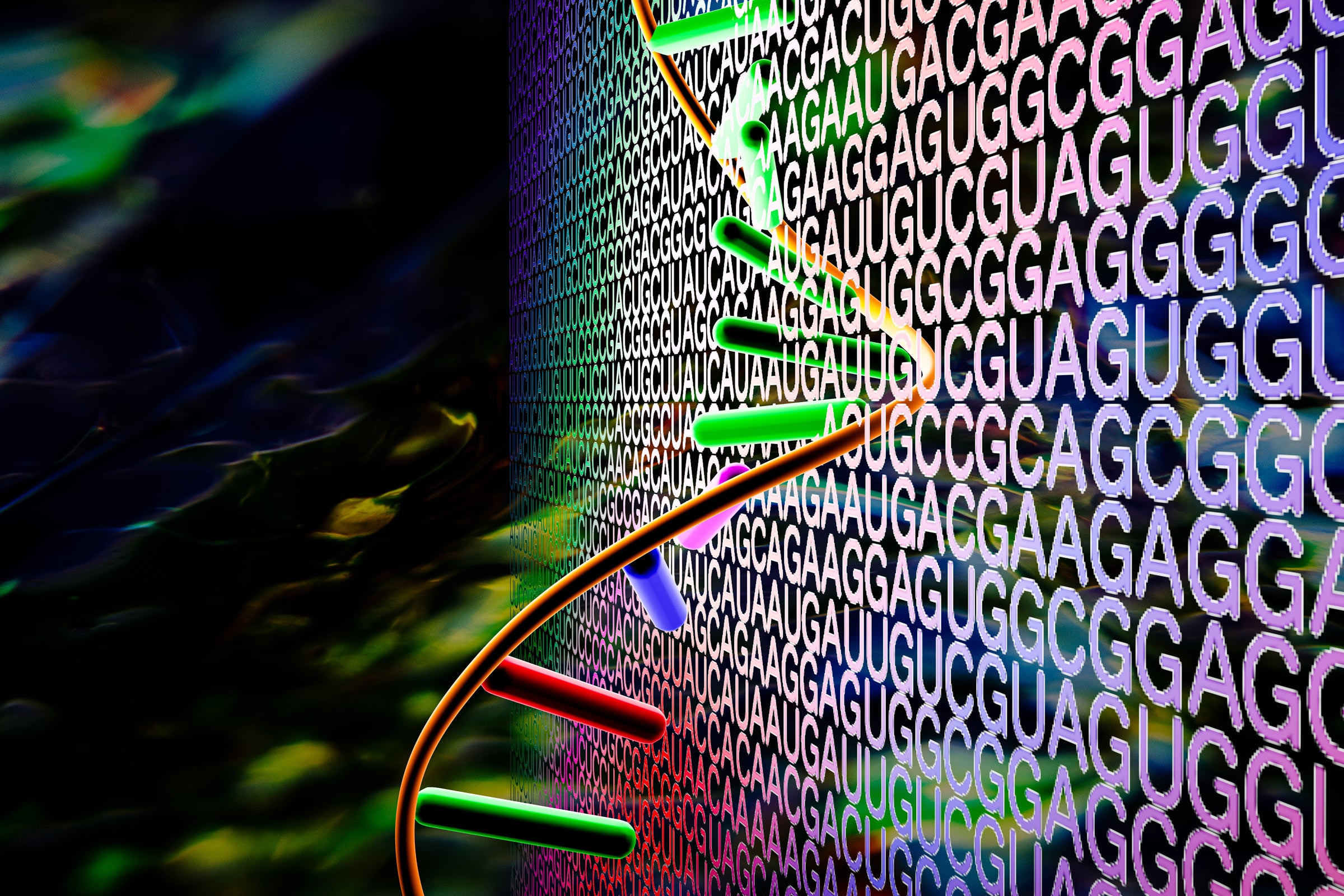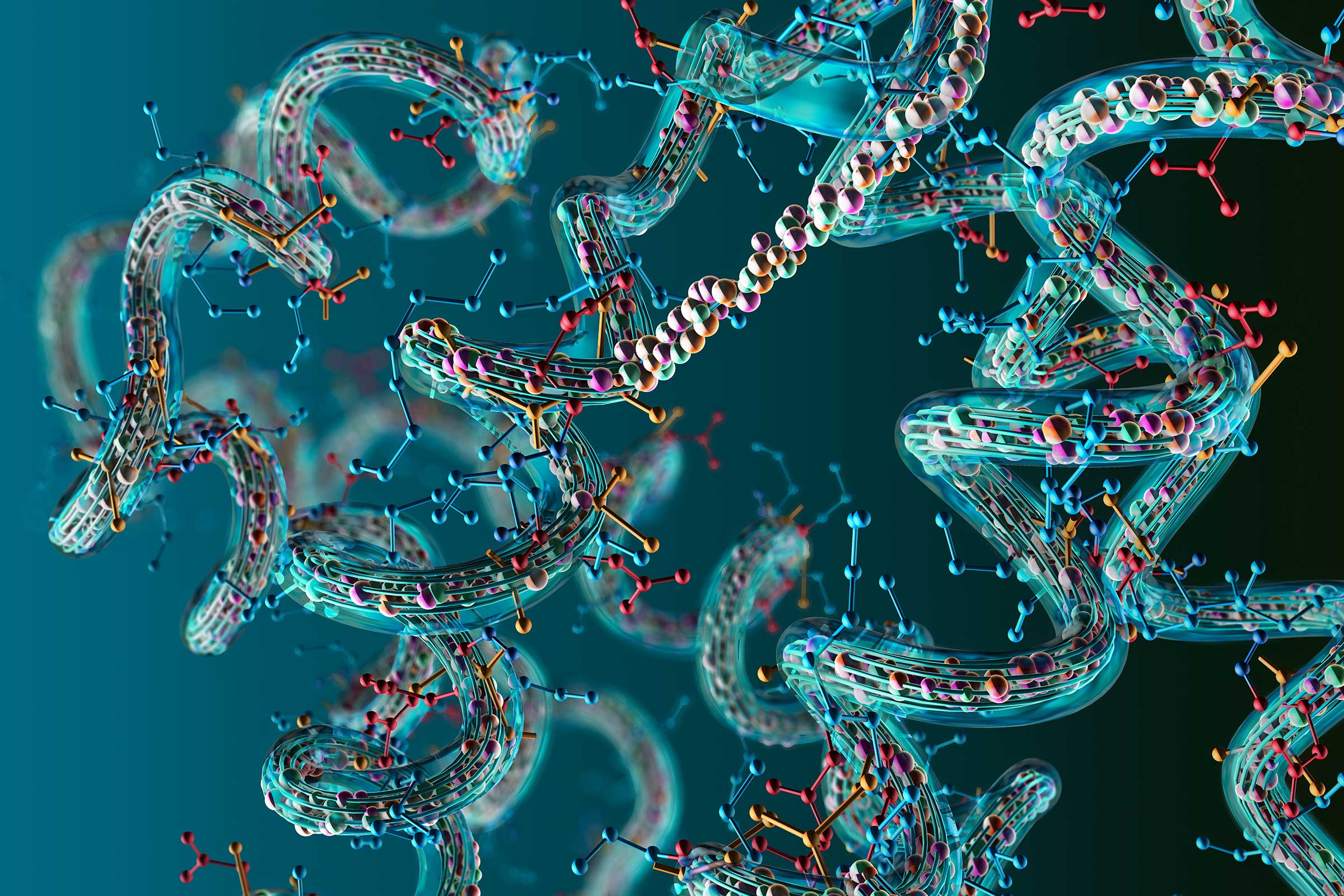News: Research
UT News
Cytomegalovirus Breakthrough Could Lead to New Treatments
A new antibody design blocks cytomegalovirus from hiding from the immune system and could lead to safer, more effective treatments for vulnerable patients.

AI Tips Off Scientists to New Drug Target to Fight Monkeypox Virus
The breakthrough could be used in a new vaccine or antibody therapy to fight mpox, the disease caused by the monkeypox virus.

New Gene-Editing Tech Holds Promise for Treating Complex Genetic Diseases
Advanced biotechnology repurposes two bacterial immune systems to correct large stretches of DNA.

LaMontagne Center for Infectious Disease
Re-engineered Antibodies Kill Bacteria Directly
Bryan Davies, a professor in the Department of Molecular Biosciences, and a team have identified antibodies that offer a direct hit on dangerous bacteria.

New AI Tool Accelerates mRNA-Based Treatments for Viruses, Cancers, Genetic Disorders
UT Austin and Sanofi partner to build tool that predicts translation efficiency of mRNA sequences.

Unlock Your Computer with a Password-encoded Molecule
University of Texas at Austin researchers have developed a new method to encode information in synthetic molecules.

New Sequencing Method Brings New Possibilities in Protein Research
UT researchers have developed the first viable alternative to a 75-year-old method for sequencing proteins.

Genetic Match Between Mother and Child Reduces “Obstetrical Dilemma”
A common idea in evolutionary biology comes under new scrutiny with help from a big medical dataset and AI.

Cockrell School of Engineering
New Research Boosts Future Whooping Cough Vaccines
Molecular biosciences faculty contributed to advances that could lead to more effective, longer lasting vaccines.

Research Identifies Key Antibodies for Development of Broadly Protective Norovirus Vaccine
Discovery brings us one step closer to vaccine and treatment for prevalent virus.

